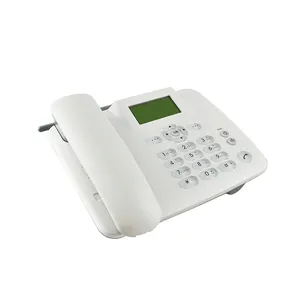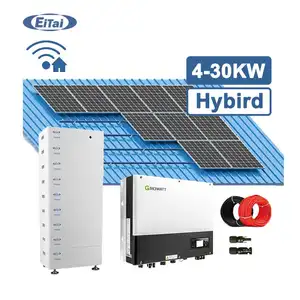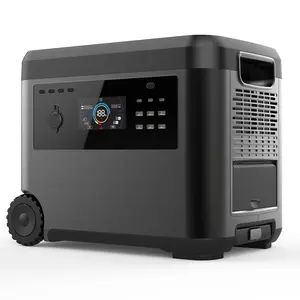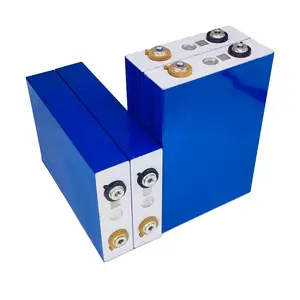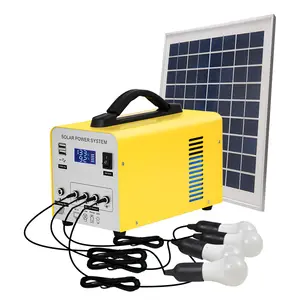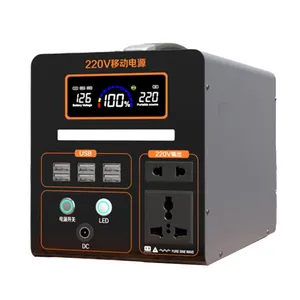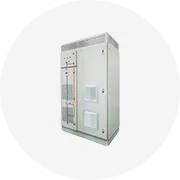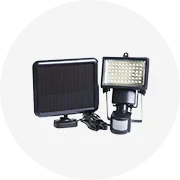Populaire dans votre secteur d’activité













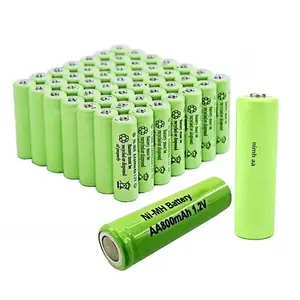






















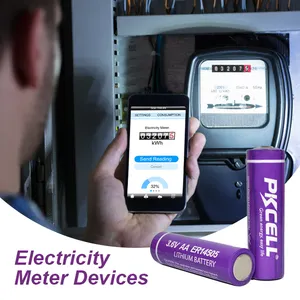






































Recherches associées:














































































































































Meilleures catégories
Concernant piles sony aa
Si vous êtes à la recherche du plus efficace. piles sony aa, explorez Alibaba.com pour découvrir une collection passionnante qui répondra à vos besoins. Celles-ci. Les piles sony aa regorgent de caractéristiques exemplaires qui en font le choix le plus logique et le plus pratique de leur catégorie. La diversité de cette sélection tient compte des spécifications des différents utilisateurs afin que vous trouviez toujours l'idéal. piles sony aa pour votre appareil.
Le. Les piles sony aa sont de petite taille pour une portabilité et une facilité d'utilisation parfaites. Ils sont conçus pour avoir les formes et les tailles optimales afin de s'assurer qu'ils s'intègrent parfaitement dans les appareils qu'ils sont censés alimenter. Le. piles sony aa ne s'auto-déchargent pas même lorsqu'ils sont laissés pendant une longue période, ce qui leur confère une longue durée de conservation. Le. piles sony aa maintenez et stockez le montant de charge idéal selon les besoins pour maintenir différents appareils sous tension.
Avec les nouvelles technologies, ceux-ci. piles sony aa sur Alibaba.com sont fournis avec des fonctionnalités avancées pour plus de commodité et d'efficacité. Le. piles sony aa sont plus respectueux de l'environnement car leurs matériaux sont facilement biodégradables pour une décomposition facile. Le. piles sony aa respectez toutes les consignes réglementaires et mesures de contrôle qualité En conséquence, ils sont sûrs et ne font jamais l'objet de rappels gouvernementaux ou industriels. Leur qualité supérieure est également confirmée par de nombreuses critiques positives des utilisateurs.
Goûtez aujourd'hui à ces fascinantes qualités caractéristiques. Parcourez Alibaba.com et parcourez une gamme de séduisants. piles sony aa lorsque vous choisissez celui qui vous convient le mieux. Leur qualité et leur efficacité vous démontreront pourquoi ils valent chaque pièce que vous dépenserez pour eux.
